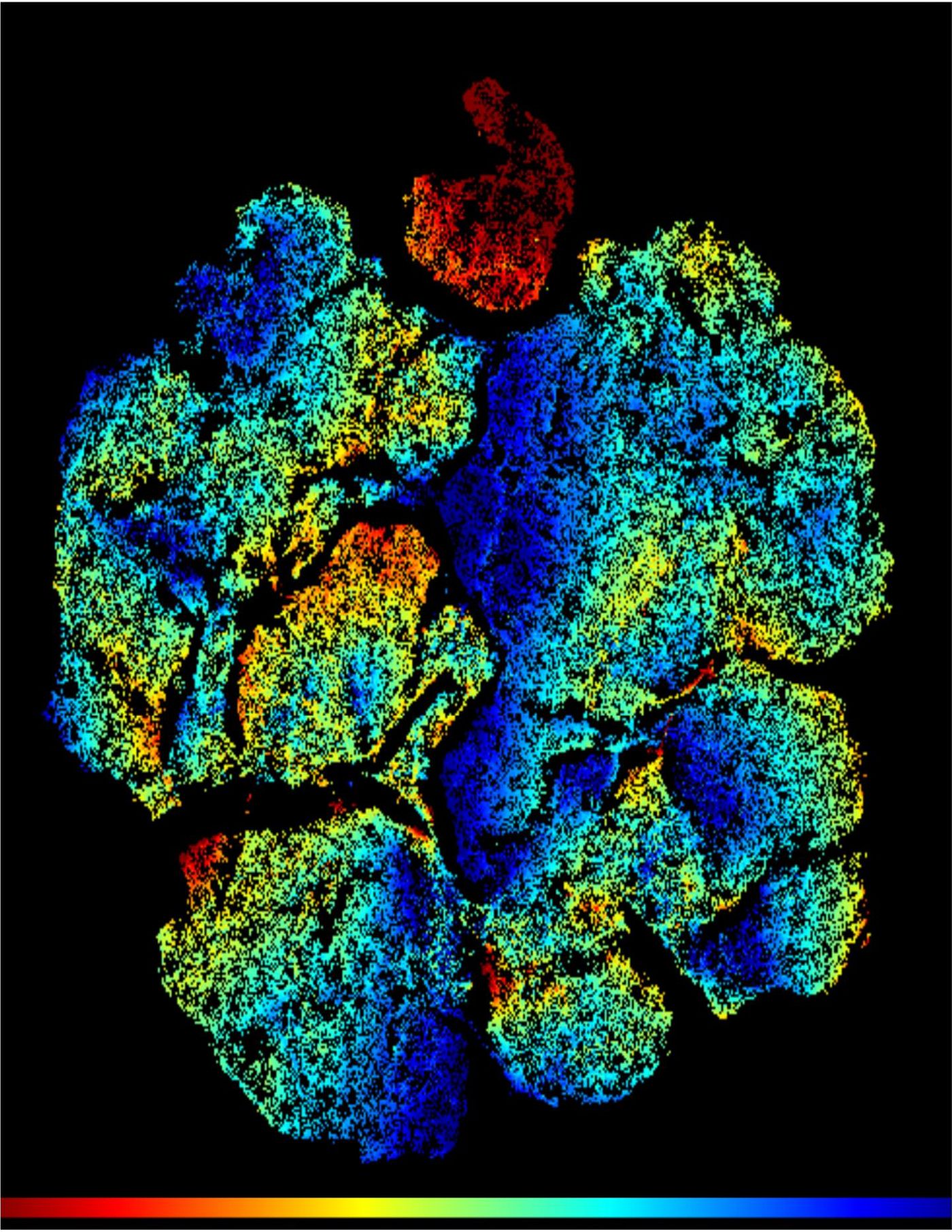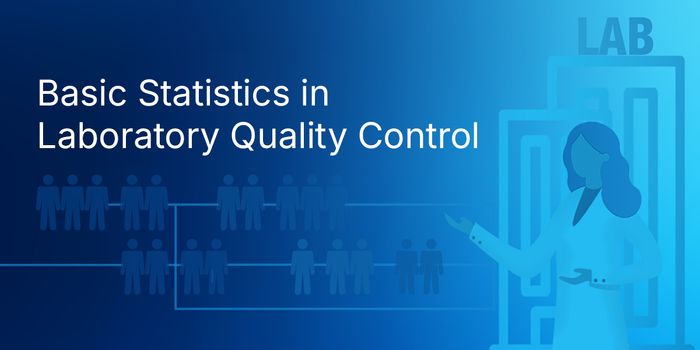Replacing faulty stem cells in the bone marrow with a transplant is one way to treat some bone cancers, but the immune recovery process following the procedure is often tedious, leaving a person vulnerable to other infections. With the discovery of a molecule involved in this immune recovery, scientists from the University of Birmingham may hold the key to improving recovery following bone marrow transplant surgeries.
A molecule called Lymphotoxin beta receptor was found in a recent
Journal of Immunology study to regulate the influx of T cell progenitors into the thymus, a vital lymphoid gland that nurtures T cells into mature lymphocytes to be released into the bloodstream to participate in adaptive immune responses. The role thymus plays in the development of these immune cells is the reason they are called “T” cells.
Both when an individual is healthy and when an individual is experiencing immune recovery, the Lymphotoxin beta receptor is required for T cell entry into the thymus. In theory, the receptor could be inhibiting or reducing the amount of T cells allowed to enter the thymus after a bone marrow transplantation. In the words of Birmingham professor Graham Anderson: “as if the doorway to the thymus is closed.”
In their studies, Birmingham scientists used mouse models to study the role of Lymphotoxin beta receptor in regulating the thymus. “Identifying molecular regulators that can ‘prop open’ the door and allow these cells to enter and mature,” Anderson said, “could well be a means to help reboot the immune system.”
In an effort to manually stimulate the Lymphotoxin beta receptor to allow more T cell progenitors access to the the thymus, researchers used antibody-mediated stimulation in the mice. The stimulation successfully enhanced initial thymus recovery and also “boosted the number of transplant-derived T cells.”
According to the study scientists, cancer patients receiving bone marrow often take years to recover their T cell population. With the right future studies, bone marrow transplant patients could soon be benefiting from drugs that stimulate their Lymphotoxin beta receptors. In fact, the same group from Birmingham will soon start examining in vitro human samples of thymus tissue to further investigate the role of Lymphotoxin beta receptor in human thymus regulation.
More about bone marrow transplants
Bone marrow tissue contains stem cells that develop into white blood cells, like T cells, red blood cells, and platelets. Bone marrow transplants are done to treat different conditions such as leukemia and other blood cancers, aplastic anemia and other diseases that cause bone marrow failure, and other immune disorders and genetic diseases.
Sources:
Healthline,
MedlinePlus,
Be The Match, University of Birmingham









